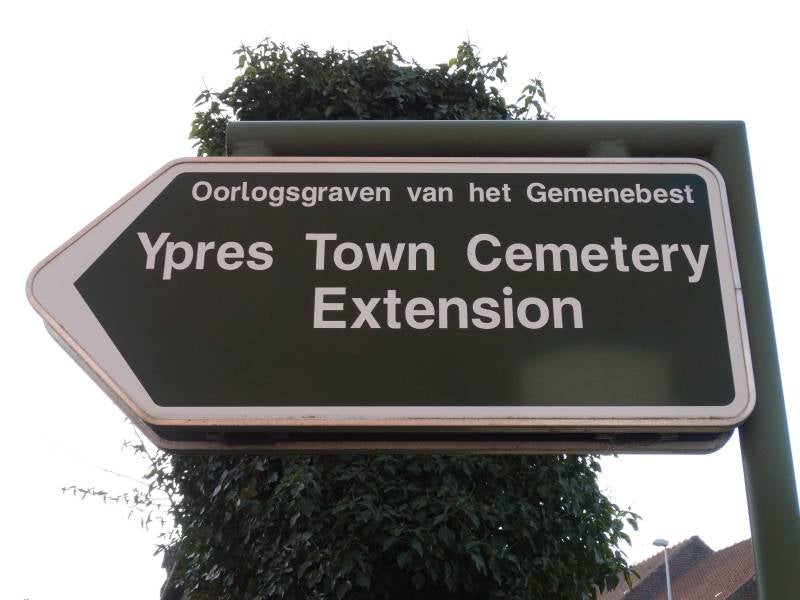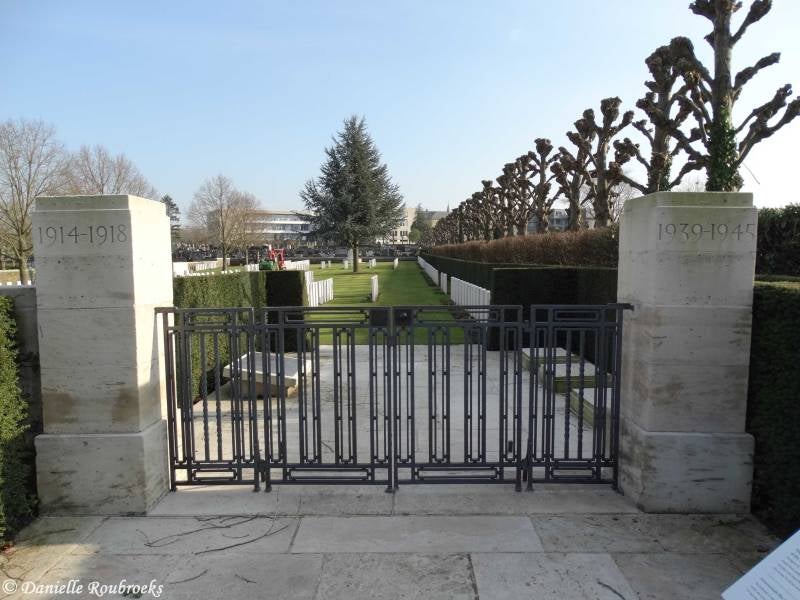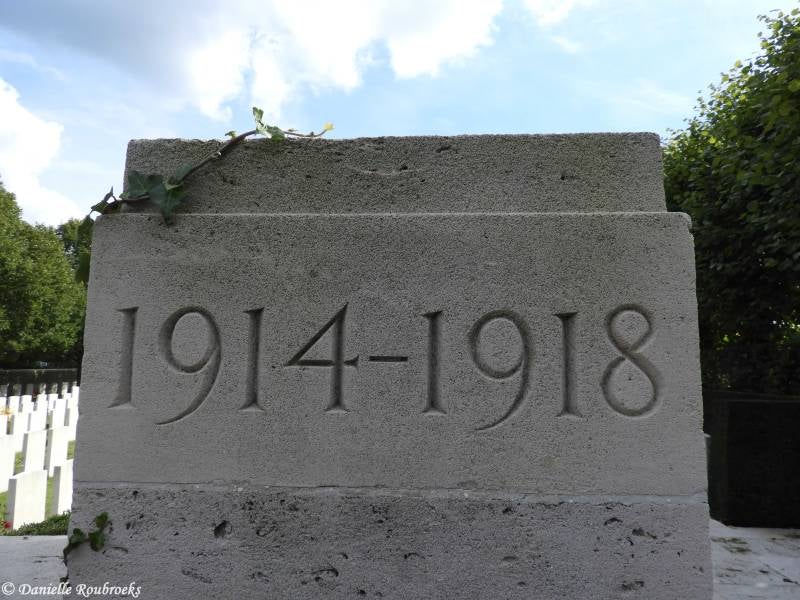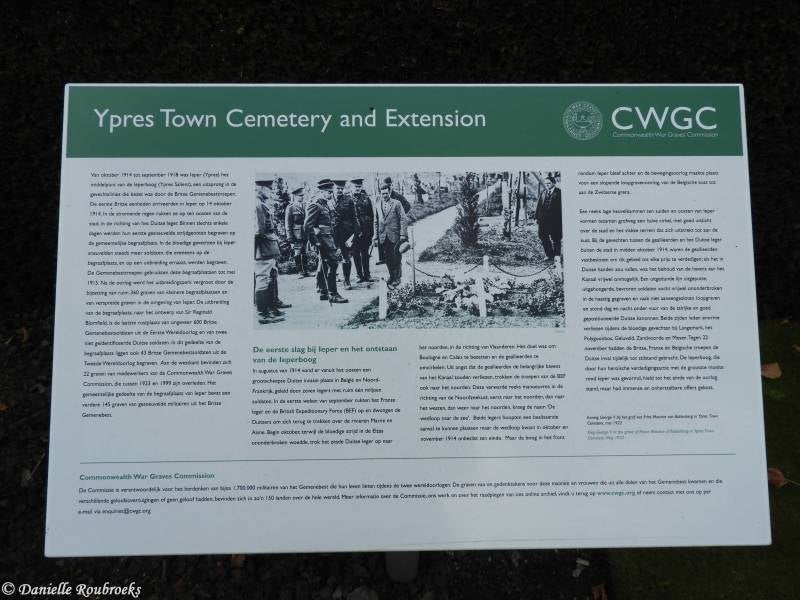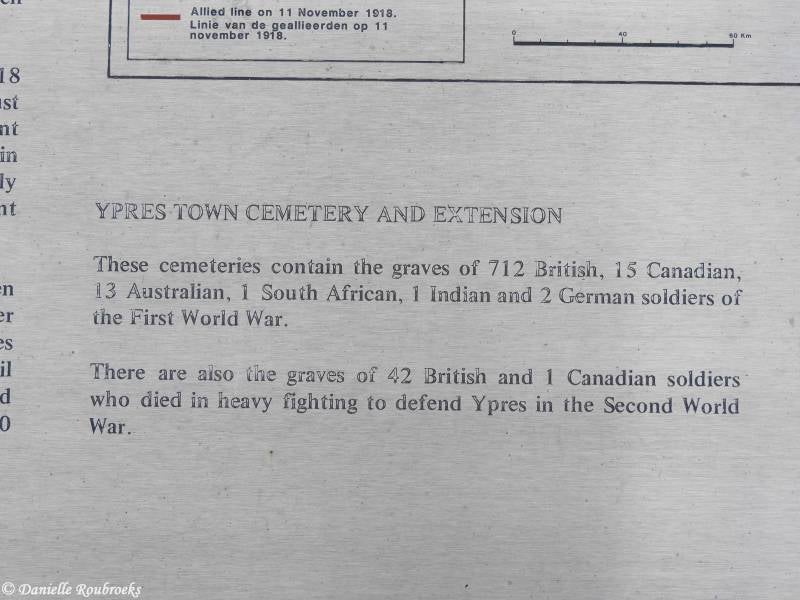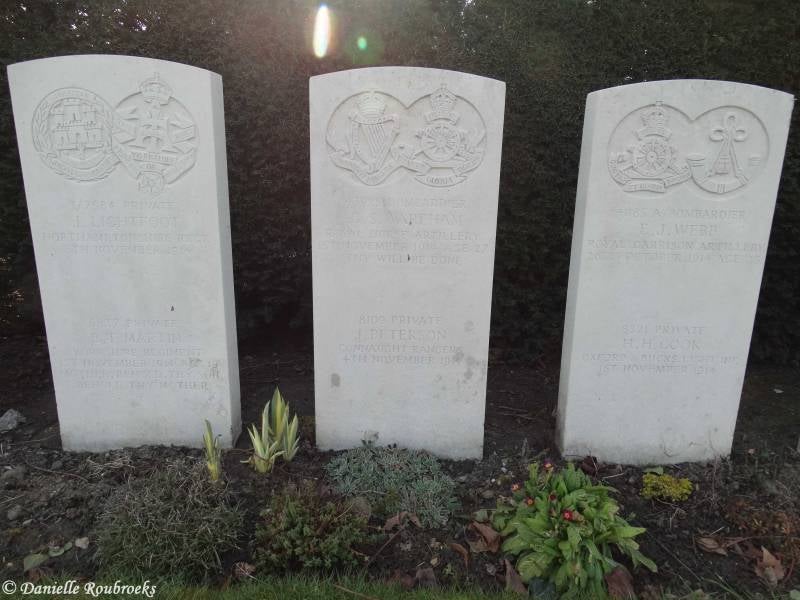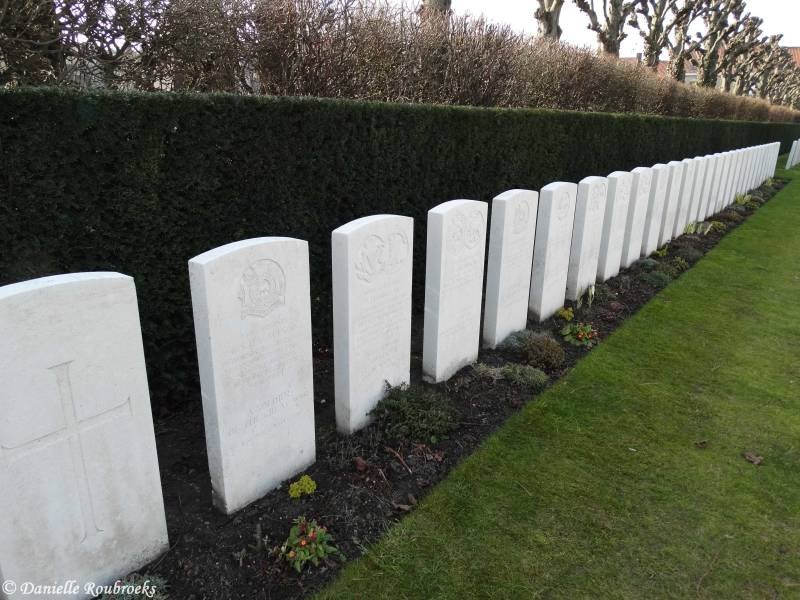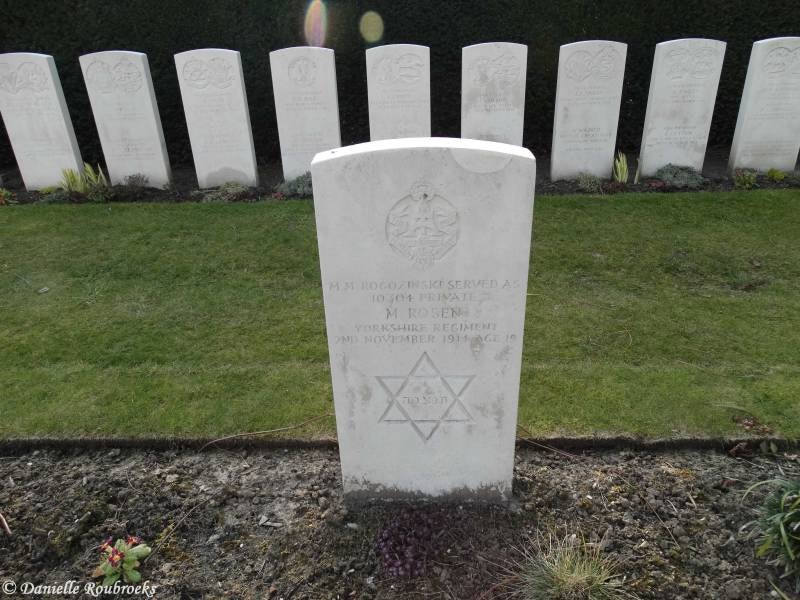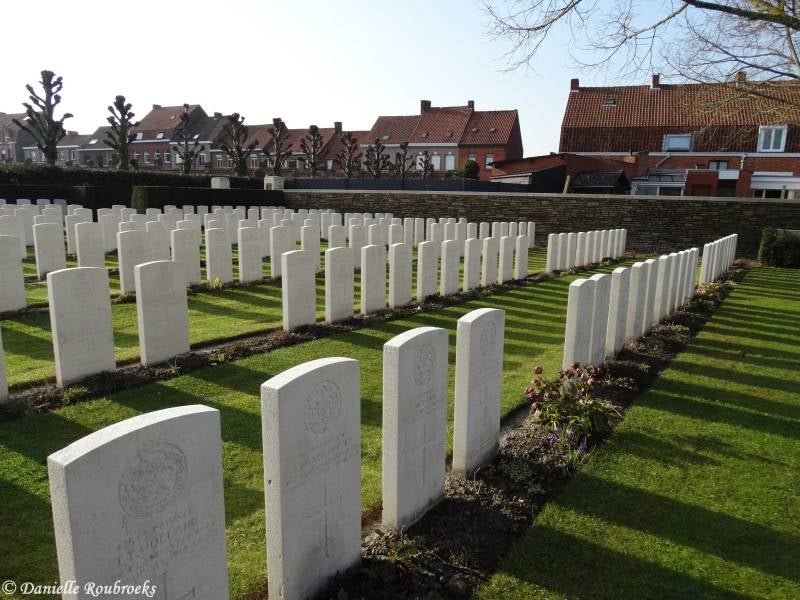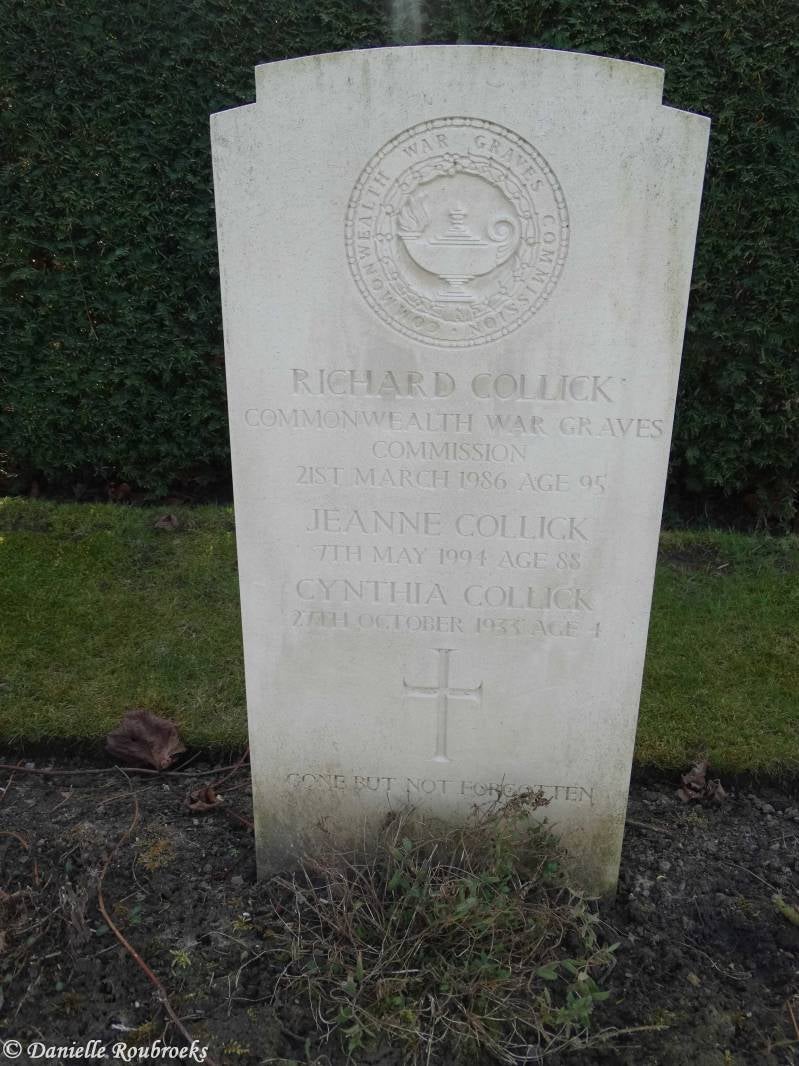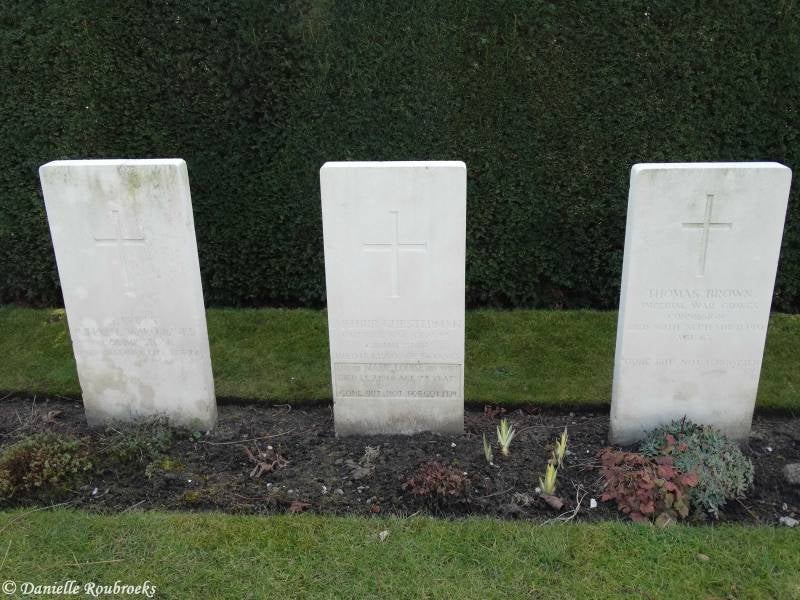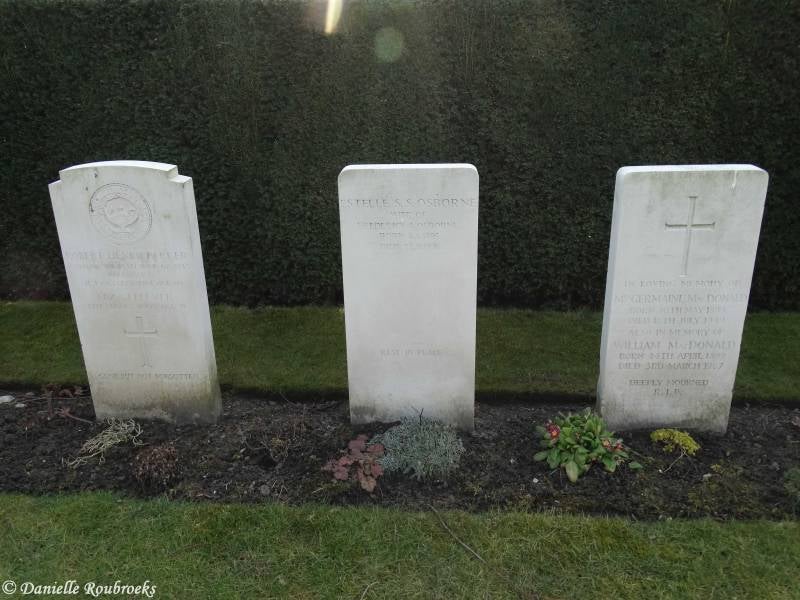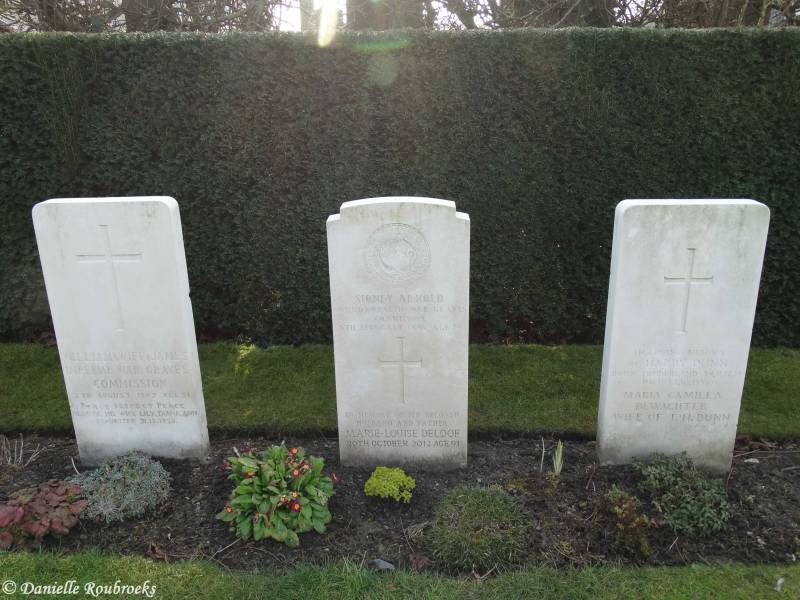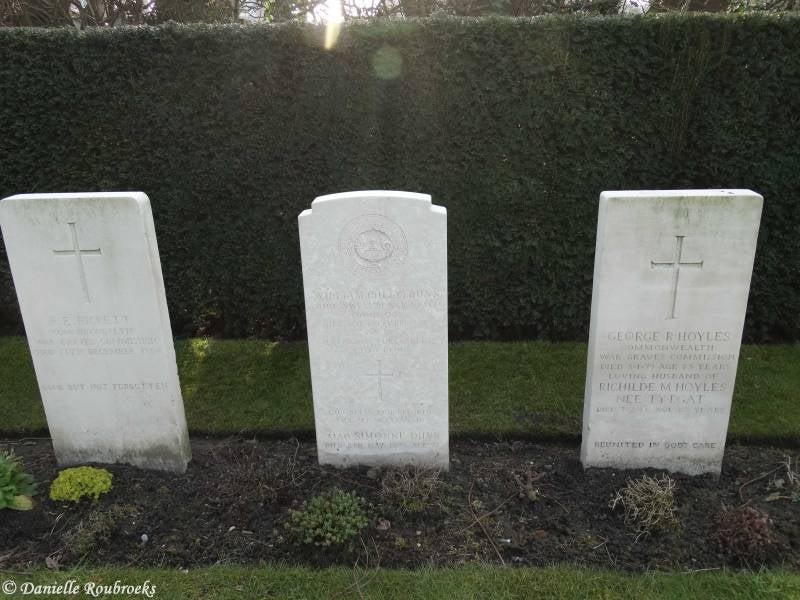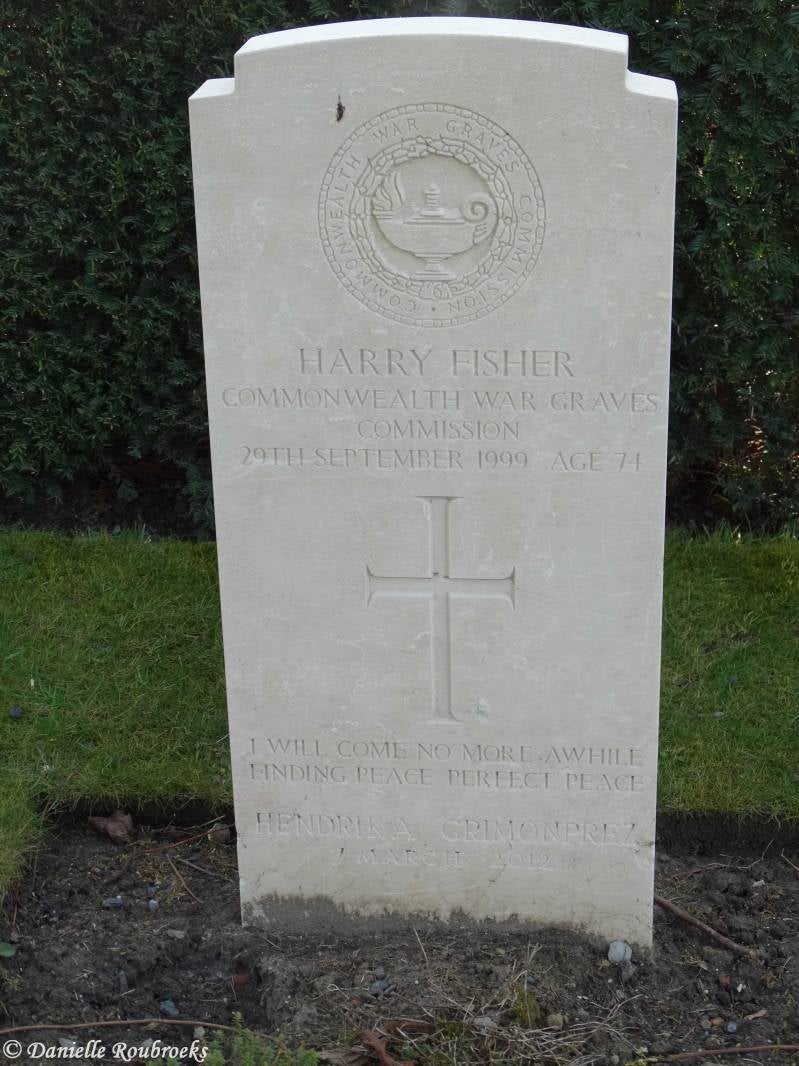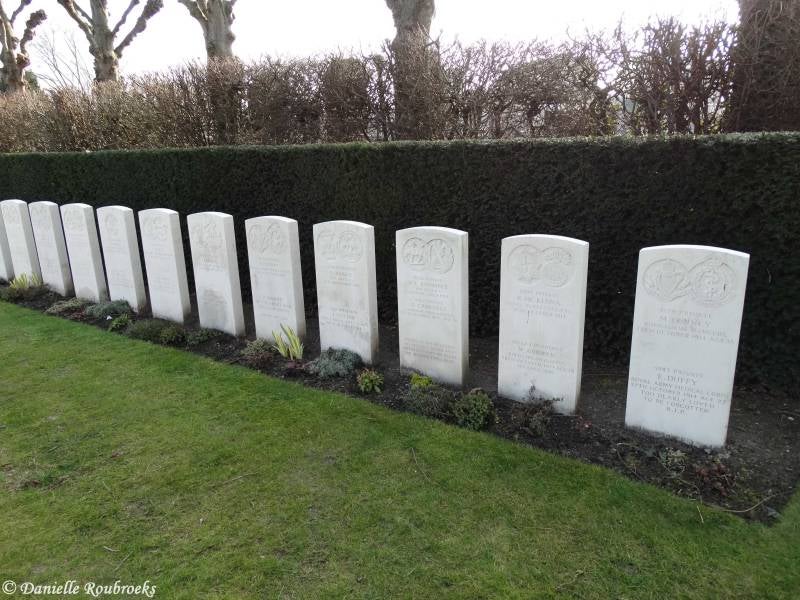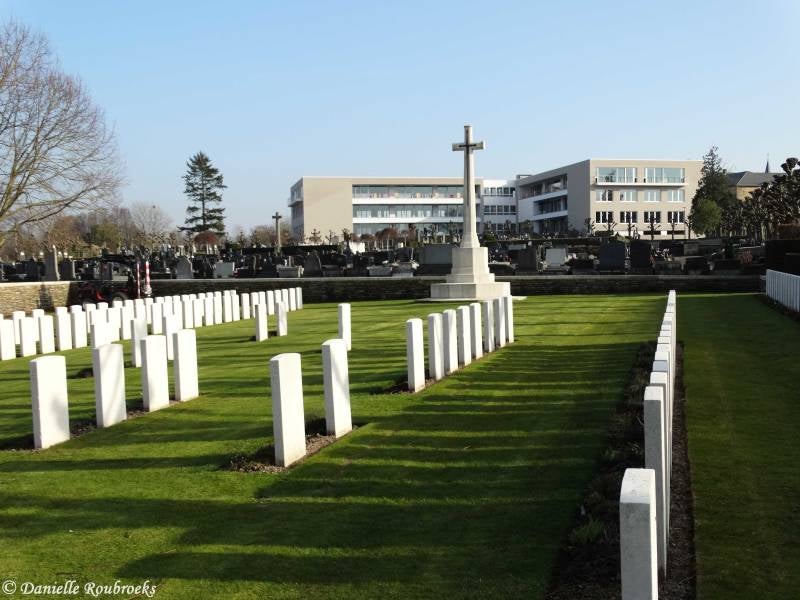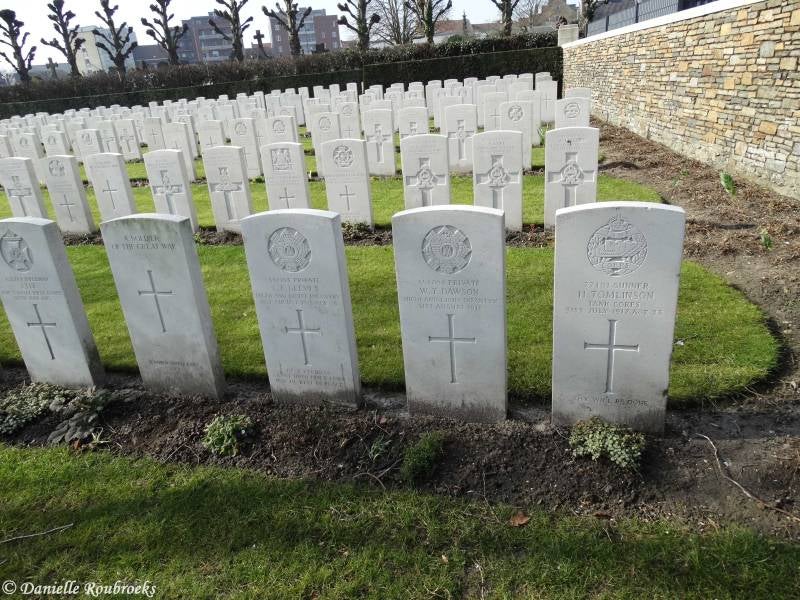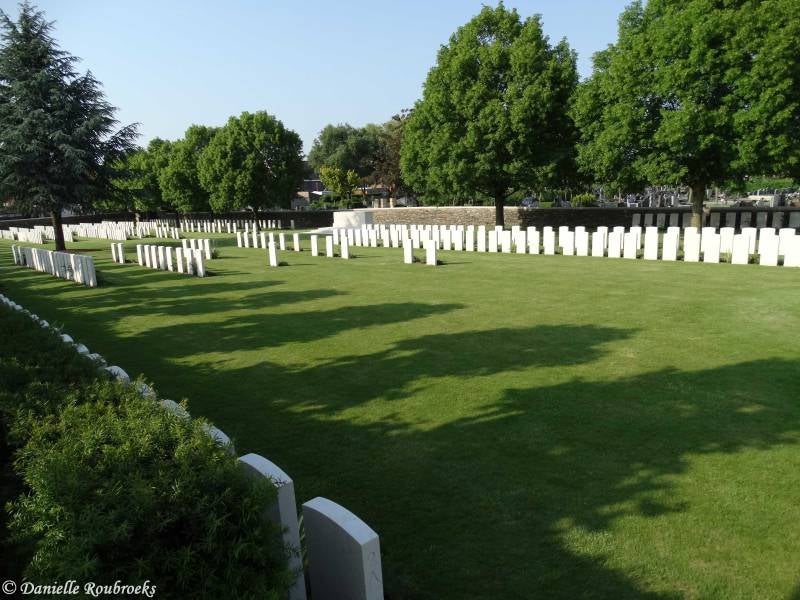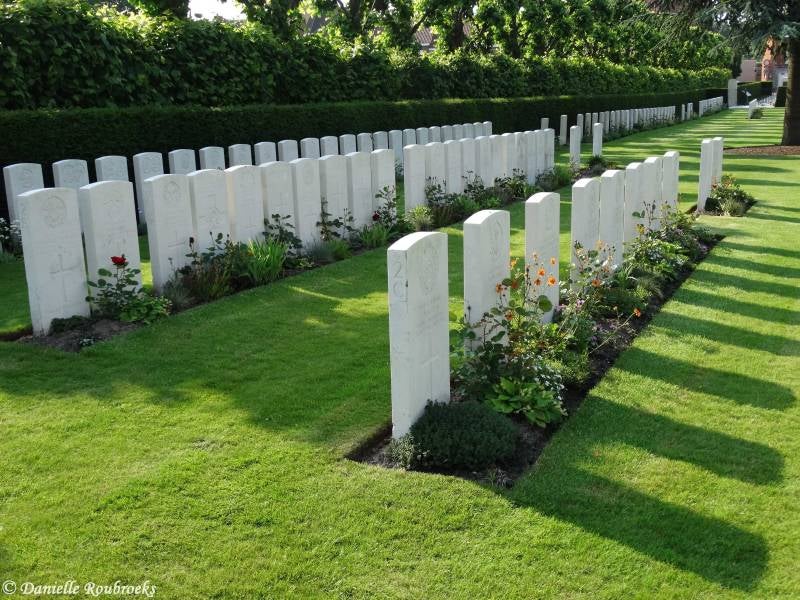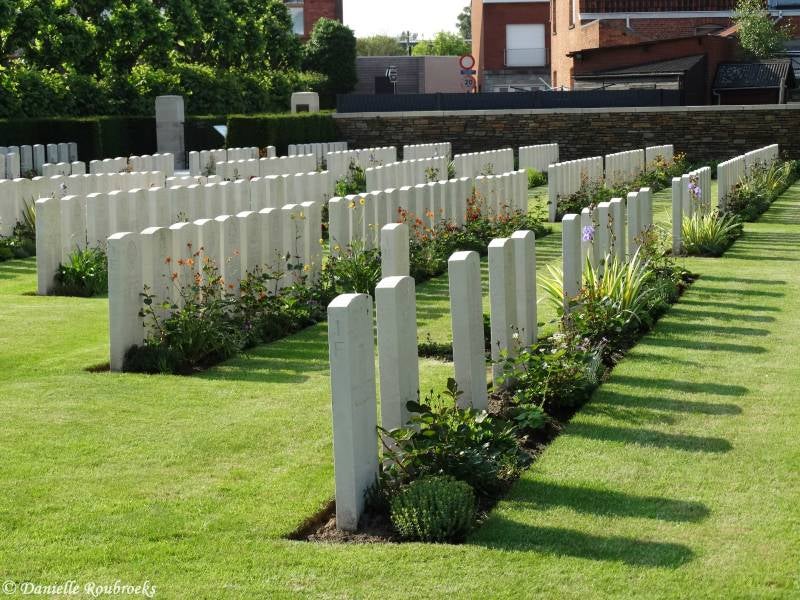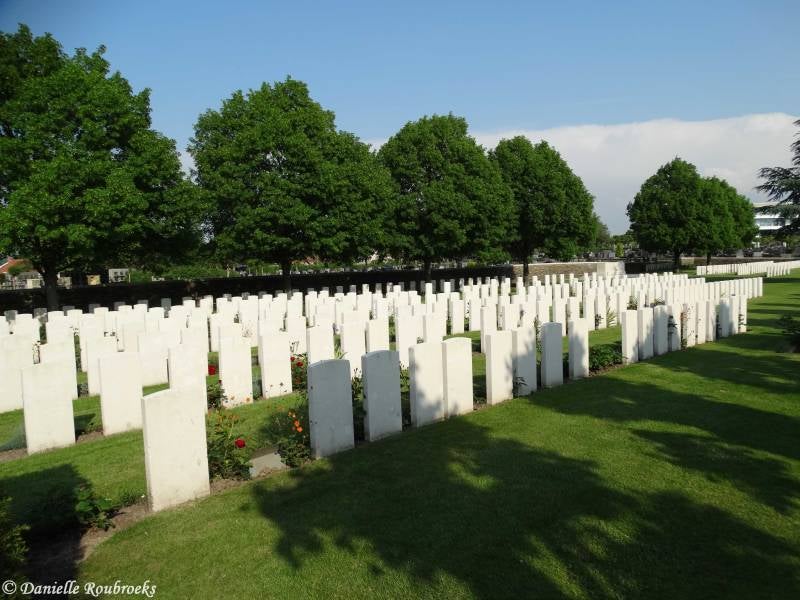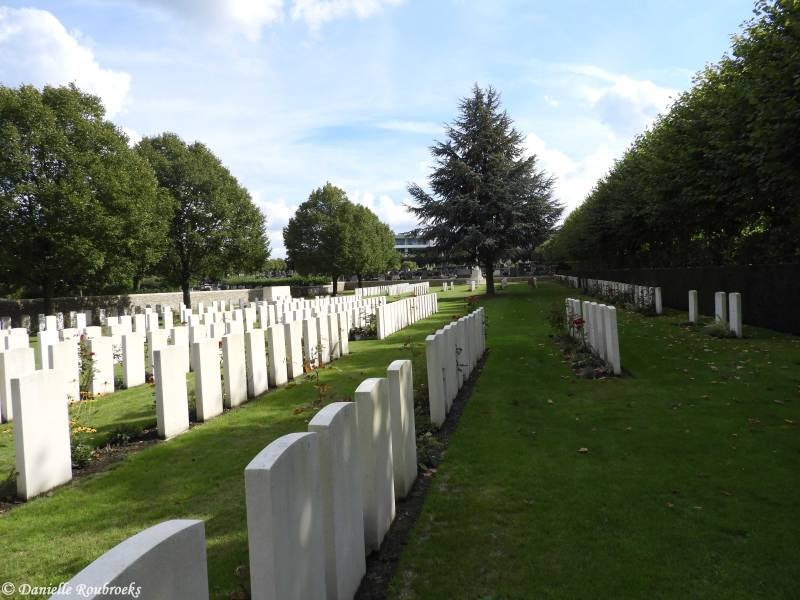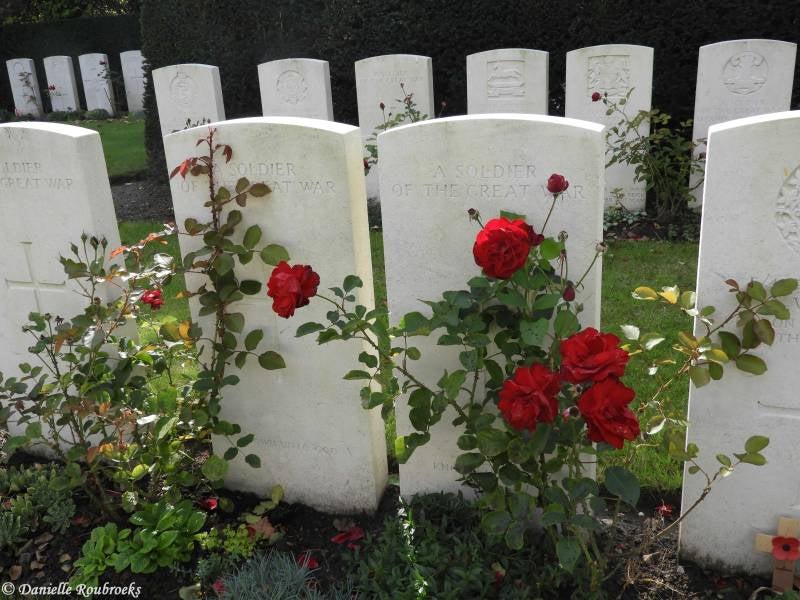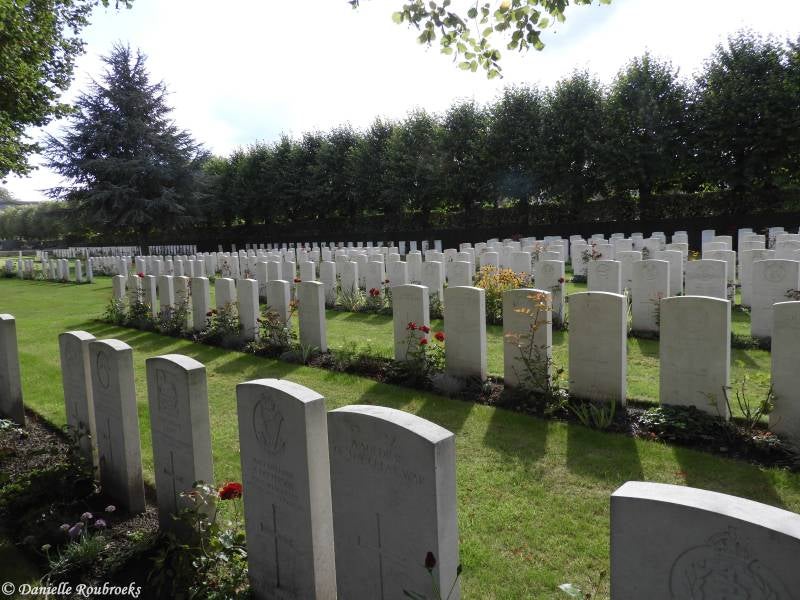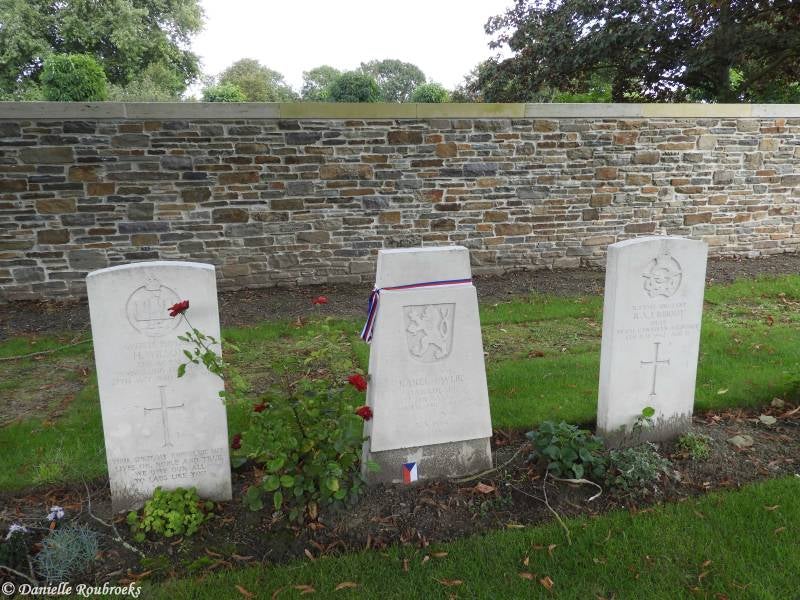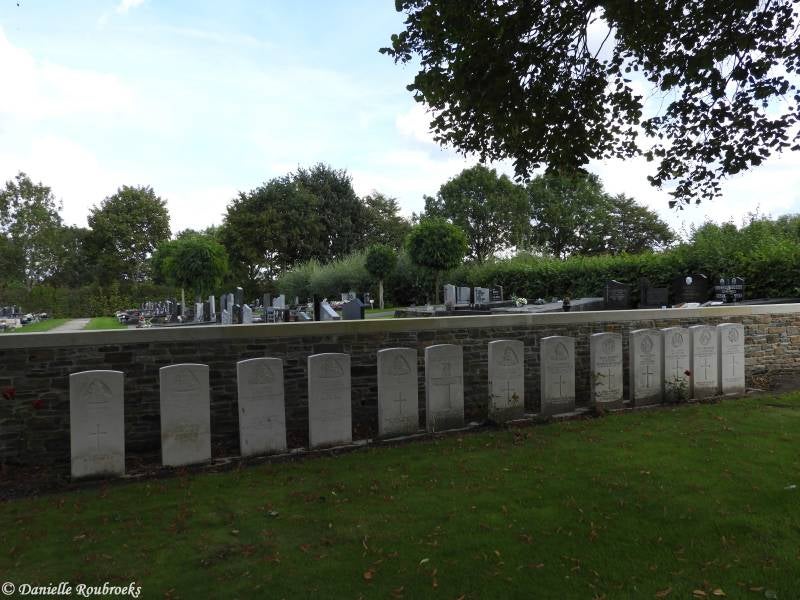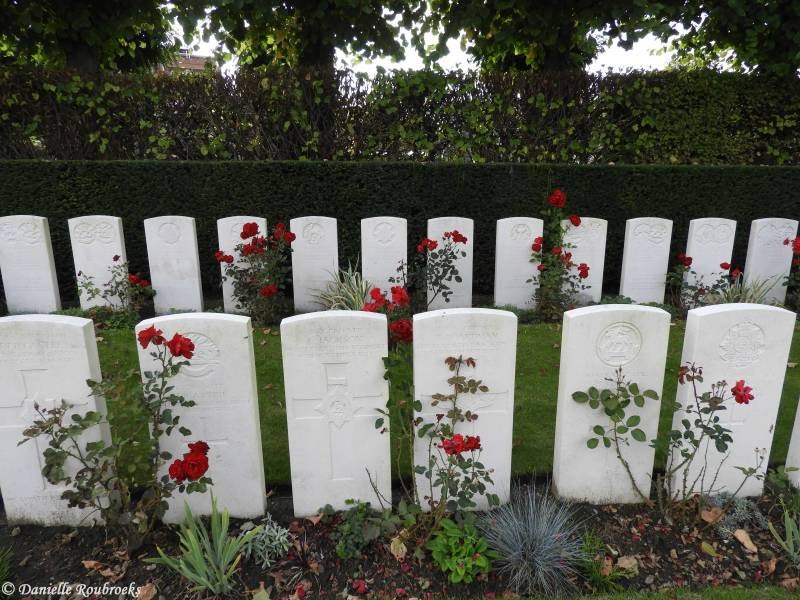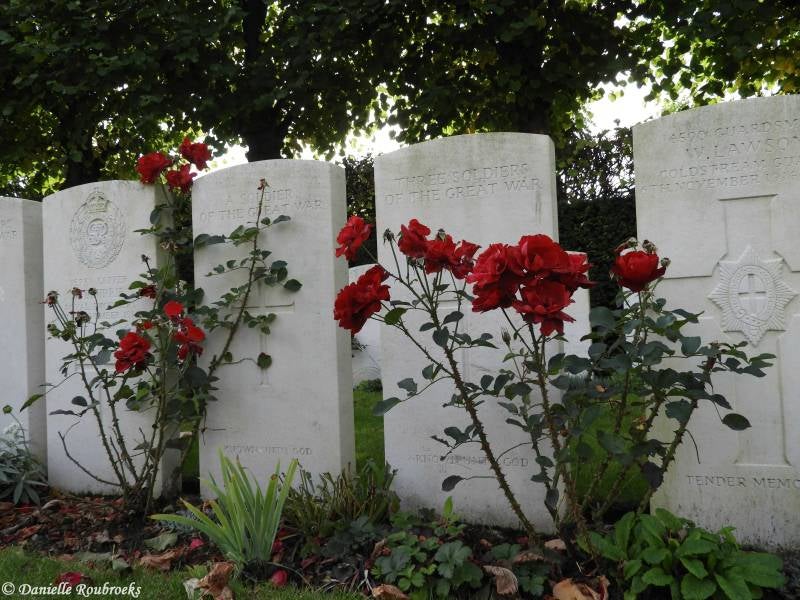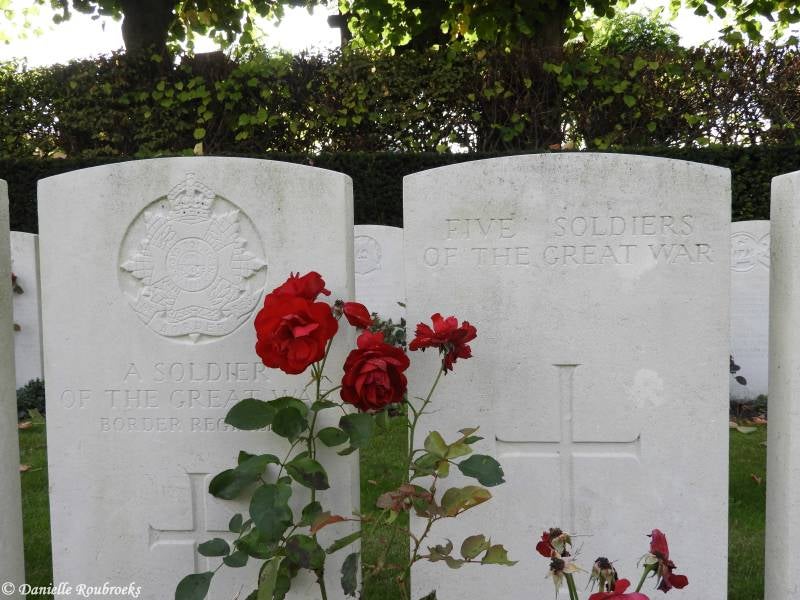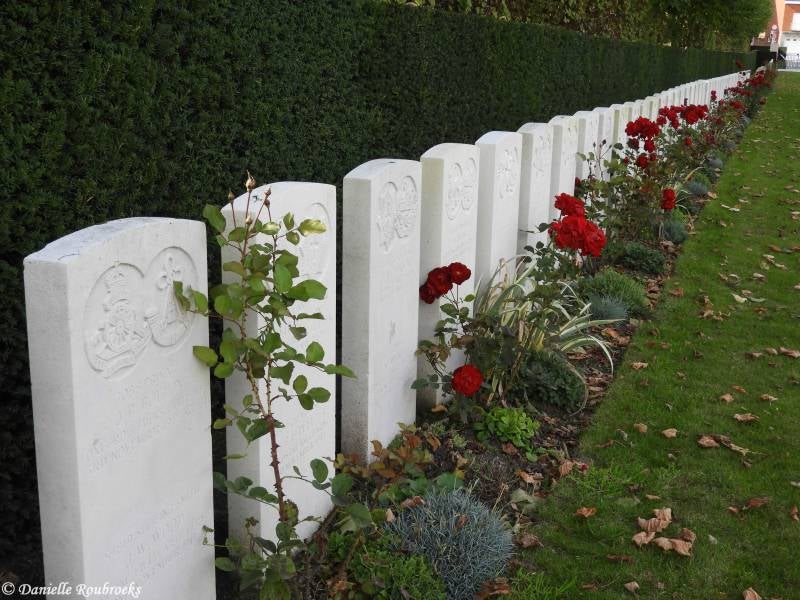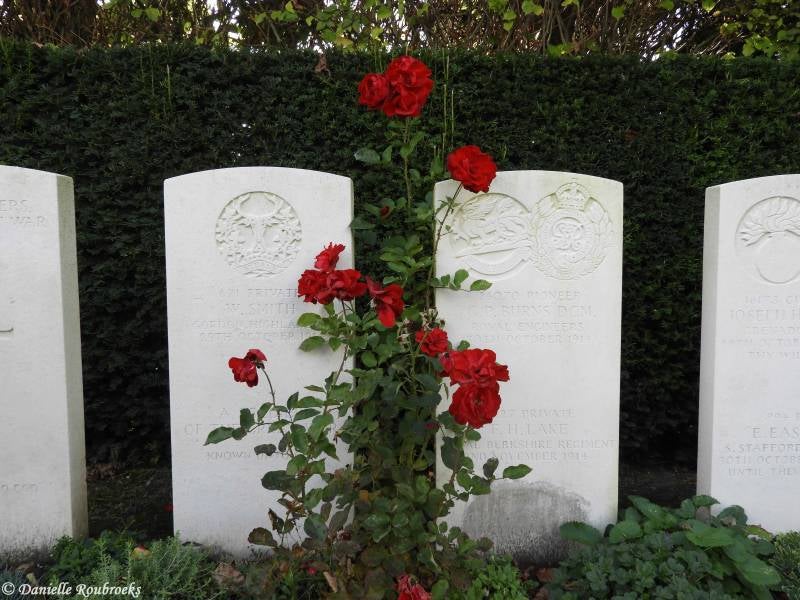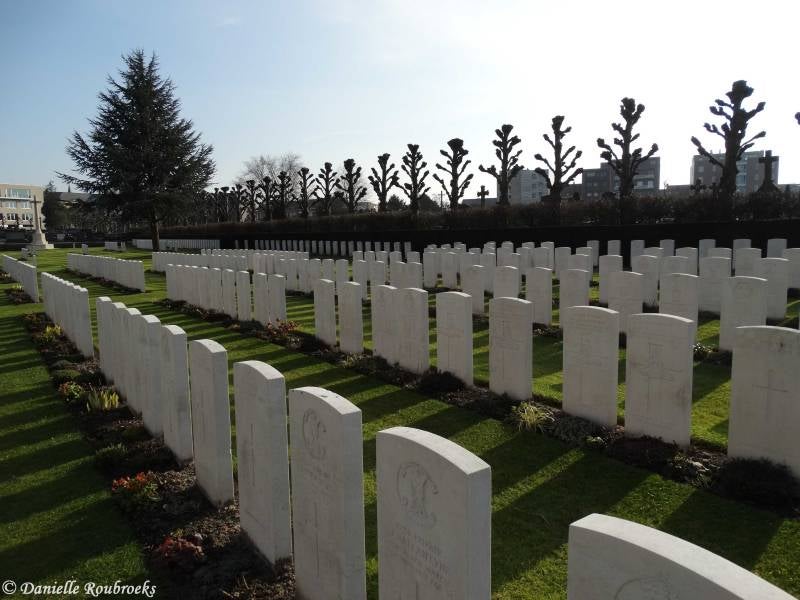Ypres Town Cemetery Extension
History Information (Source: CWGC)
From October 1914 to the summer of 1918, Ypres (now Ieper) formed the centre of a salient held by Commonwealth (and for a while French) forces. From April 1915, the town was bombarded and destroyed more completely than any other town of its size on the western front. By the outbreak of the Second World War, Ypres had been completely rebuilt, but saw heavy fighting before it fell to the Germans on 29 May 1940.
The EXTENSION, on the east side of the town cemetery, was also begun in October 1914 and was used until April 1915, and on two further occasions in 1918. The extension was much increased after the Armistice when 367 graves were brought in from small cemeteries and isolated positions east and north of Ypres. During and after the fighting of May 1940, three civilian hospitals in the town, (Hopital de Notre Dame, the Clinique des Soeurs Noires and the Red Cross Hospital in St. Aloisius School, D'Hondstraat), cared for the wounded, and those who died were buried in the Town Cemetery Extension. Others buried on the battlefield were later brought in by the Ypres town services.
There are now 604 Commonwealth casualties of the First World War buried or commemorated in the extension. 141 of the burials are unidentified and there are special memorials to 16 servicemen known or believed to be buried among them. Second World War burials number 43, of which 13 are unidentified. The extension was designed by Sir Reginald Blomfield.
Served with
· United Kingdom (466)
· Canadian (16)
· Australian (13)
· Indian (1)
· South African (1)
Served in
· Army (494)
· Air Force (3)


